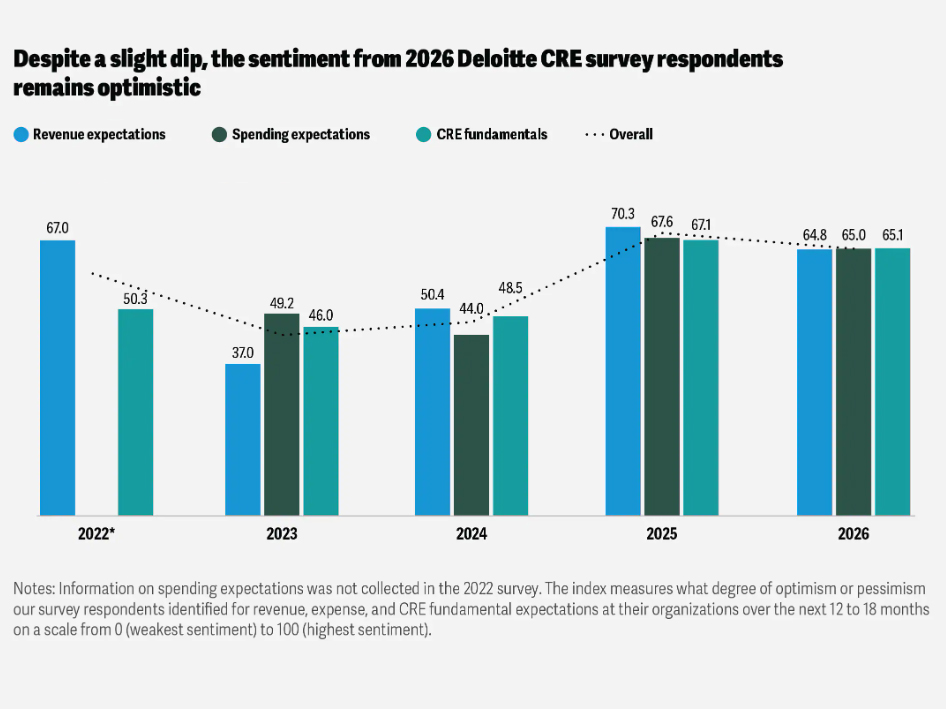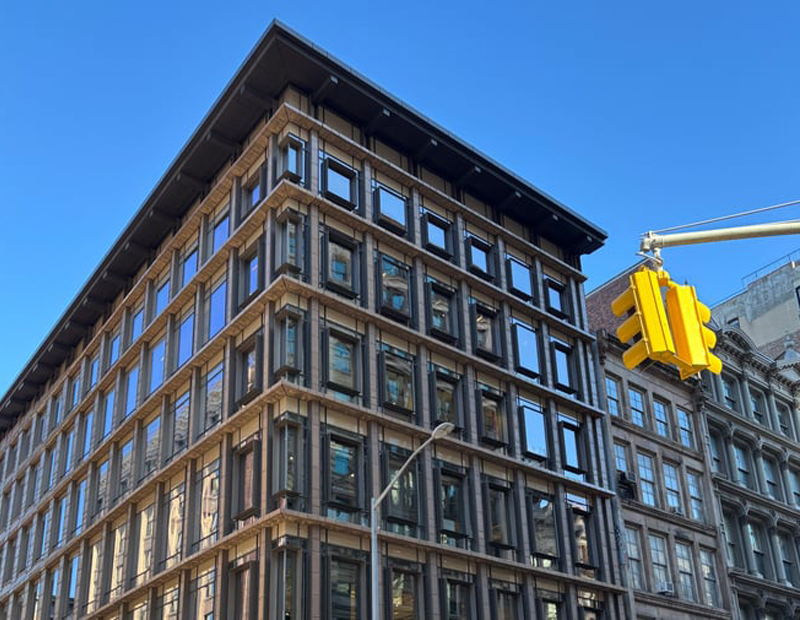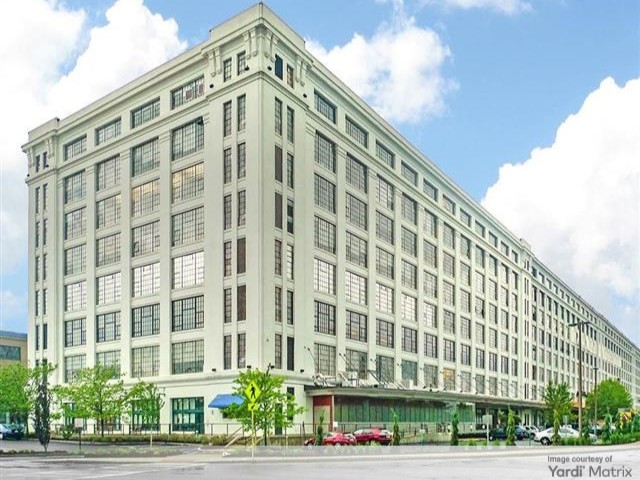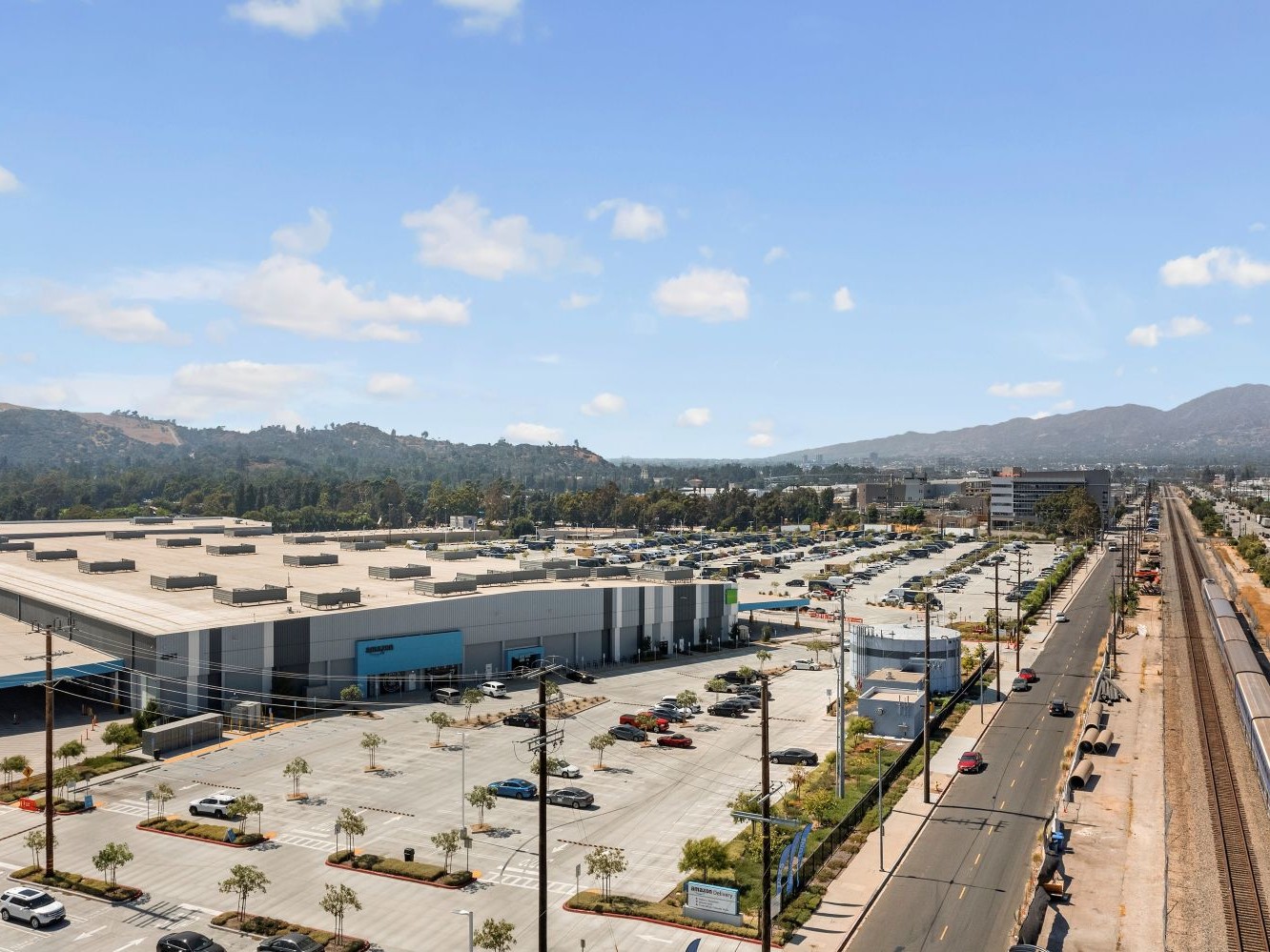Connecting Building Health With Tenant Performance
Building wellness continues to influence corporate site selection decisions. What are you offering?

With Global Wellness Day only a couple of weeks ago, it’s a good time to evaluate your property’s relative competitive strength as it pertains to occupant health, a consideration that continues to weigh in corporate site selection decisions. Even industrial space users are giving it more attention, as Jeffrey Steele discusses in this month’s feature, “Industrial Wellness: Is It Here to Stay?”
“The airborne spread of Covid was a wake-up call for building owners and a concern for return-to-workplace employers,” Tony Abate, a certified indoor environmentalist, told Steele.
While air quality is a more obvious health problem in dusty industrial settings, employee health issues impact corporations across business areas and around the world. An early 2025 McKinsey Health Institute-World Economic Forum study found that just 57 percent of the 30,000 employees surveyed worldwide said they had good holistic health. Taking steps to improve employee health and well-being could increase global economic value by $3.7 trillion to $11.7 trillion, with the greatest impact coming from improving productivity and reducing “presenteeism”—where an employee is there but not actively working.
While many wellness-related performance improvements are dependent on a corporation’s own benefit offerings, property owners can play a significant role—and corporate tenants are willing to pay for it. Which brings us back to Global Wellness Day.
The theme for this year’s observance was Reconnect, and there are plenty of ways to help tenants reconnect with health and wellness. These range from improving the work environment with cleaner air, natural light and greenery, to offering access to fitness facilities or healthy food options, to providing alternatives to interact with colleagues during work or breaks. The convenience of a mixed-use building environment can even contribute to an improved lifestyle—as could organized activities like a building-wide fitness walk. Anything that reduces stress, encourages movement or improves the work environment could be a benefit.
Of course, what a building can provide may be limited by location, age of property, type of tenancy and other factors. What tenants want most will likewise vary, with some prioritizing environmental improvements that are less focused on what employees do during their breaks while others appreciate team-building opportunities or healthy food and exercise options during the lunch hour.
Overall, though, what tenants value most is the resulting improved attendance and productivity (plus the recruitment advantage). So another important reconnect is between your building’s management and tenants to be sure they know what you have to offer and they’re encouraging their employees to take advantage of your newest improvements. Because the more they relate your efforts to their improved performance, the more of a connection they’ll feel.








You must be logged in to post a comment.